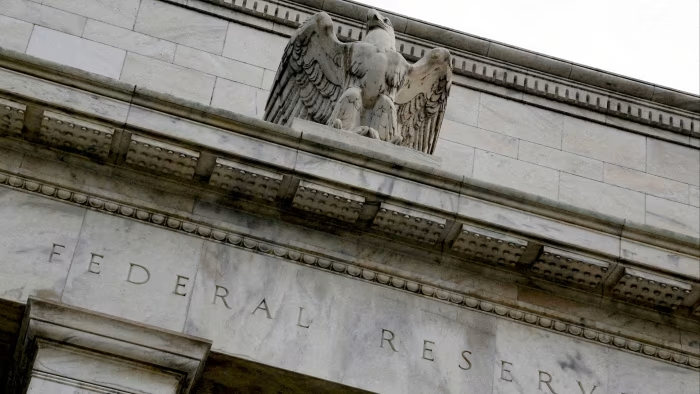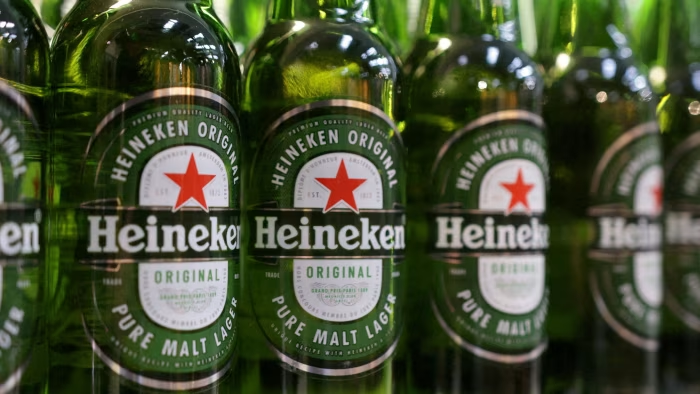Stay informed with free updates
Simply sign up to the US banks myFT Digest — delivered directly to your inbox.
The US Federal Reserve has announced plans for a major overhaul of its annual banking stress tests in response to a legal challenge by Wall Street groups against the regulator’s main tool for setting their capital levels.
The changes the Fed announced on Friday, including proposals to disclose and seek feedback on the scenarios and models it uses to test the resilience of banks, will make the exercise much less onerous for the biggest US lenders.
The changes to its stress test models and scenarios “are not expected to materially change capital requirements for firms” the central bank said, estimating they would fall by a “negligible” amount.
It added its revamp “seeks to improve the transparency and public accountability of the supervisory stress test, while ensuring that the stress test remains an effective tool for understanding and assessing risk and retaining appropriate risk sensitivity and risk capture in capital requirements”.
But there was dissent on the Fed board about the changes. Michael Barr, a member of the Fed board of governors, said he could not support the proposals because they would “make the stress test weaker and less credible” by leading to “overly optimistic projections” and opening the process up to “gaming by banks”.
His successor as Fed vice-chair for supervision, Michelle Bowman, called the proposals “excellent”, adding she was disappointed “long-standing issues with the stress testing framework were not addressed proactively, but instead only after a lawsuit became inevitable”.
The move comes as US regulators are planning to rework many of their important rules for banks under pressure from President Donald Trump’s administration to strip back regulation to support growth and investment.
Since the Fed started subjecting the biggest American banks to stress tests in the aftermath of the 2008 financial crisis, the comprehensive capital analysis and review (CCAR) process has become a crucial mechanism for controlling capital requirements in the sector.
However, Wall Street executives have long complained about the Fed’s lack of transparency over the models used in the process and the high volatility in the results each year, which have occasionally required lenders to pare back their dividend payments.
The Fed on Friday said it would reduce the amount of supporting documents and data that banks have to disclose as part of the process by 10,000 pages on average per lender.
In the 2026 test, banks will have to gauge how they perform in a scenario where US unemployment rises to 10 per cent, a fall of nearly a third in nominal home prices and a 40 per cent decline in commercial property prices.
“The stress tests have been the strongest driver of capital requirements for the biggest US banks,” said Douglas Elliott, a partner at consultants Oliver Wyman. “The changes are likely, in practice, to loosen this constraint to some extent.”
The Fed estimated its model and scenario changes would reduce aggregate capital requirements for the biggest US banks by a “negligible” 0.25 percentage points on average compared to the past two years.
It is set to disclose the details of the tests earlier in the process, under Friday’s proposals, and will also publish more comprehensive details of the methodology.
Regulators require banks to have a minimum amount of capital to absorb losses in a crisis, but lenders prefer lower requirements to boost their profitability when measured against total equity capital.
Late last year, a number of banking and business groups filed an unusual lawsuit against the Fed in a federal court in Ohio, arguing its stress tests were illegal because they lacked transparency. That prompted the central bank to commit to reform the process.
The plaintiffs included the Bank Policy Institute, the American Bankers Association, the US Chamber of Commerce, the Ohio Bankers League and the Ohio Chamber of Commerce.









